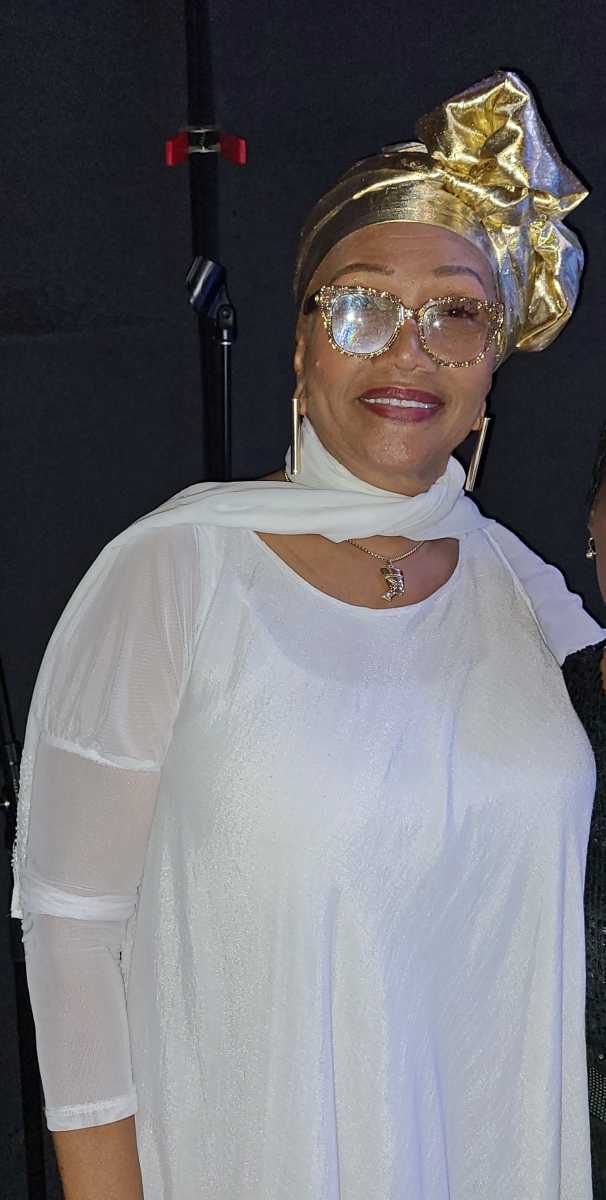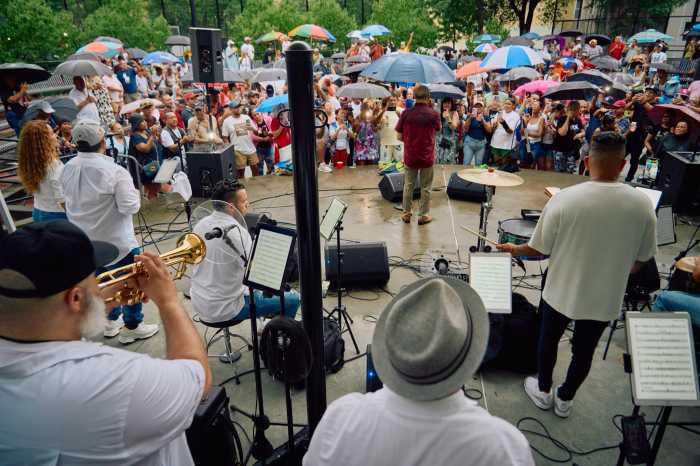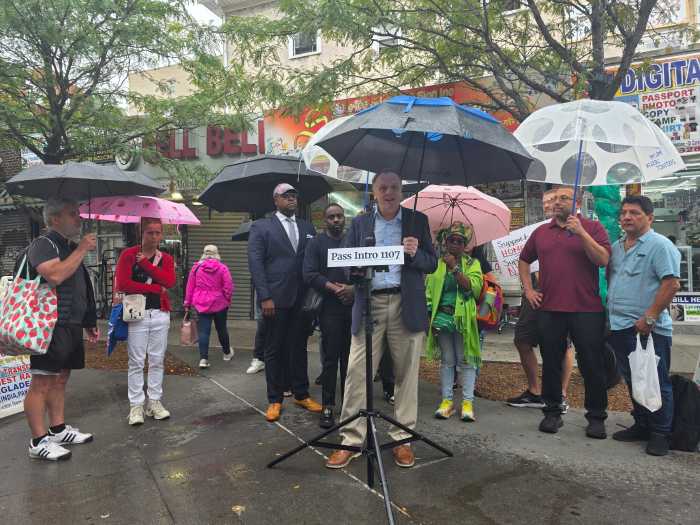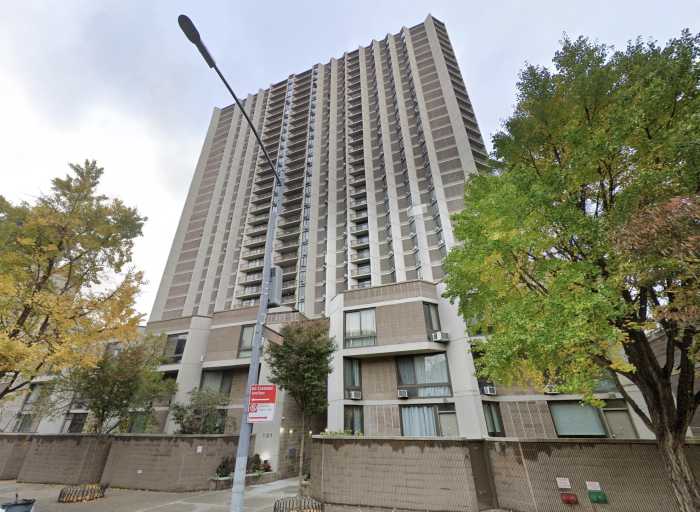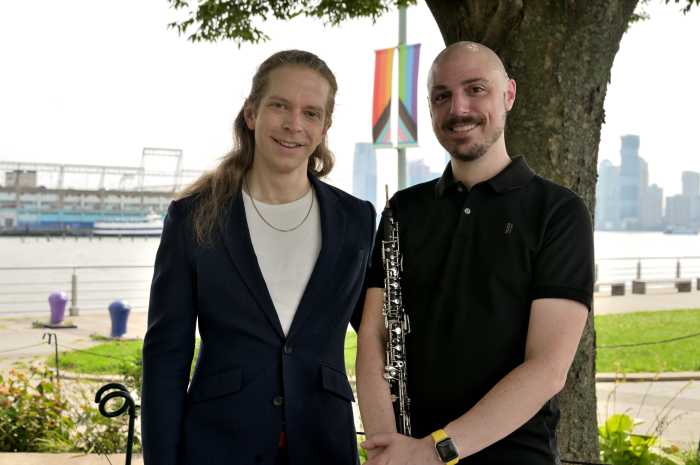By Audrey Tempelsman
On July 26, Manhattan Borough President Scott Stringer held a press conference outside the Union Square subway station to announce the results of a survey entitled “Hidden in Plain Sight: Sexual Harassment and Assault in the New York City Subway System.” Nearly 1,800 individuals participated in the survey in the six weeks following its June 22 online appearance.
“For far too long in New York City, there’s been a credo that what happens underground stays underground,” Stringer said. “That feeds a system where women, especially, are victimized, and instead of fighting back become afraid, ashamed and believe that nothing can be done. In fact, it’s hard to find a woman who rides the subway who hasn’t been harassed or who doesn’t know someone who has been. It’s time to put an end to this subhuman subterranean conduct.”
According to Stringer, the New York Police Department refuses to make information on subway harassment and assault available to the public, as police departments do in other cities. Unable to find statistics on these crimes, Stringer’s office took the initiative to compile them.
The survey defined sexual assault as “any nonconsensual sexual acts, including attempted rape, forced oral/anal intercourse, rape and aggravated touching” and harassment as “unwelcome sexual advances, requests for sexual favors and other verbal or physical conduct of a sexual nature, including flashing, groping, fondling and public masturbation.”
According to the results released on July 26, 63 percent of respondents indicated personally experiencing sexual harassment on the subway, while 10 percent experienced sexual assault while in the subway system.
Of those who were sexually harassed, 51 percent indicated that the incident occurred during rush hour (5:30 a.m. to 9:30 a.m. and 4:30 p.m. to 7:30 p.m.), while 69 percent of assault victims in the subway claimed they were attacked during these times.
Of those who experienced or witnessed sexual harassment, 96 percent neither reported the incident to the Police Department or Metropolitan Transportation Authority, nor sought support.
Of those who were sexually assaulted, 86 percent chose not to report the incident or seek support, while 91 percent of sexual assault witnesses did not report it.
As is pointed out in the report, 1 billion people ride the New York City subway each year, and more than 5 million each workday.
The survey’s findings confirm many individuals’ everyday experiences.
“Everyone I talk to has a story,” said Nysa Pranger of the Straphangers Campaign, a transit riders’ organization that helped design and promote the survey.
Pranger herself is no exception. She recalled the time a man “indecently exposed” himself to her on the subway. Frightened, she got out of her seat and switched cars at the next stop.
Pranger acknowledged that her decision not to report the incident is typical of subway harassment victims.
“I don’t think there’s a sense of anything coming out of it,” she said. “You can call the police, but there’s not necessarily an easy way to report things like that. … I was just so happy and relieved to get away from that situation.”
Critics charge that the Police Department’s Transit Bureau rarely targets sexual harassment and assault. Pranger said she knew of one instance: Operation Exposure, in 2006, in which 13 men were arrested for groping passengers or indecent exposure.
The New York Times also reported that police stings aimed at inflating statistics resulted in the false arrest of dozens of black and Hispanic males for “lewd acts” in 1983 and 1984.
But Paul Browne, the Police Department’s top spokesperson, insists the department has been vigilant.
“The N.Y.P.D.’s Transit Bureau actively looks for individuals engaged in sexual abuse and lewdness on the subways, arresting 119 so far this year,” he said in a statement. “These arrests come at a time of record low crime in the transit system.”
Jeremy Soffin, an M.T.A. spokesperson, added, “You’re more likely to be struck by lightning than to be the victim of a felony crime in the subway.”
But Oraia Reid, co-founder and executive director of RightRides for Women’s Safety Inc., a contributor to the survey, insists that the average subway rider frequently feels — and often is — unsafe.
“The money being spent on subway safety is really going to anti-terrorism efforts,” said Reid, referring to the $212 million allotted for subway surveillance cameras in 2005.
“But the truth of the matter is that most people — and especially most women — are terrorized on the subway on a daily basis by harassment on upwards to physical assault,” she said.
In the study, the overwhelming majority of perpetrators of sexual harassment or assault were male and the victims female.
Reid’s organization, RightRides, offers car rides to women, homosexuals and transgender individuals on Saturday nights traveling to or from Harlem, the South Bronx, Queens, Brooklyn or Lower Manhattan. This way, she explained, at-risk individuals can avoid the subway at its most empty and understaffed.
Reid also has experienced subway harassment.
“I’ve been groped. I’ve been solicited. I’ve been followed. I’ve been verbally harassed. I certainly have felt unsafe,” she said. Such incidents, she said, occur “several times a year.”
But one incident, in particular, stands out. Shortly after moving to the city, Reid stepped off the train at the Canal St. J/M/Z stop and began walking along the crowded platform. Suddenly, a man heading in the opposite direction slammed into her, knocking her off balance. He grabbed her crotch, then quickly disappeared into the crowd.
Reid reported the incident to a police officer.
“He basically told me, ‘What do you want me to do? It’s a crowded station. He’s long gone,’” she recalled.
“I was trying to do the right thing and speak up about being physically violated,” said Reid. “But there was really no system in place [to do so]. I was just made to feel stupid because I tried to report the incident.”
The survey, Reid hopes, will result in a response system for victims of these crimes.
“People should be empowered to stand up against harassment and assault,” she said. “This is something that can and should be stopped.”
Stringer urged increased police presence in stations and subway cars. He also encouraged police to treat reported or witnessed incidents of sexual harassment and assault as “stand-alone offenses” and to track their prevalence, location and timing. This data, he urged, ought to be made “publicly available and easily accessible.”
“Victims and witnesses must report these crimes. But that will only happen if we send a strong message that they will be taken seriously,” Stringer said. “Anyone who makes unwanted sexual advances, touches someone inappropriately or exposes themselves in the subway knows they will be exposed to our criminal justice system.”
























